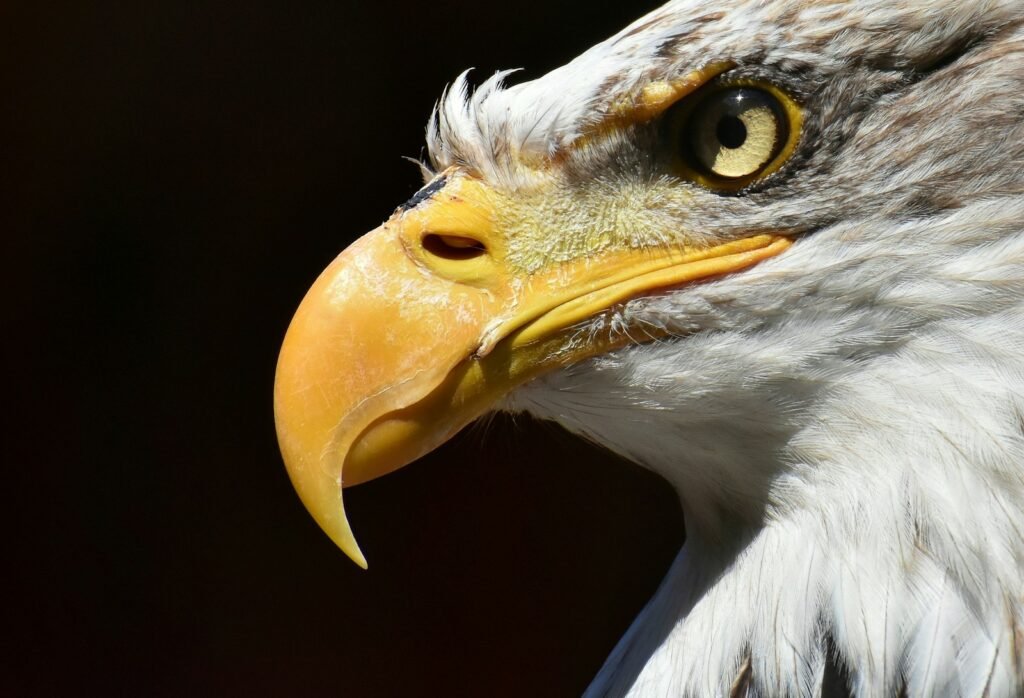New research shatters the myth of the “perfect” plankton-feeding fish revealing an astonishing diversity of forms defying evolutionary expectations.
The Myth of the Perfect Planktivore
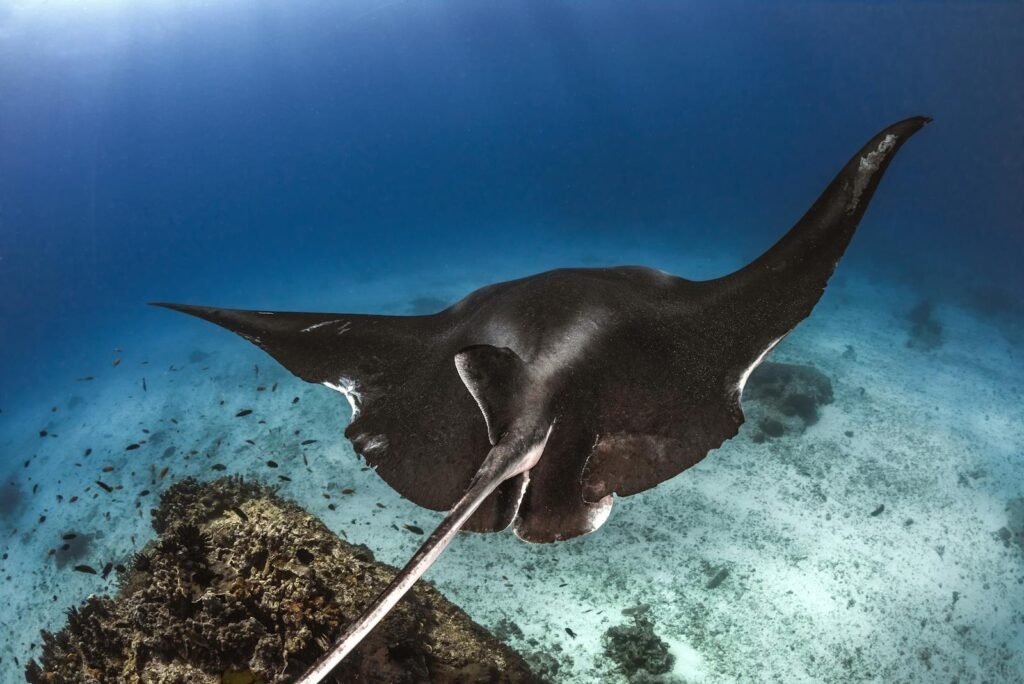
For decades, marine biologists believed plankton-eating reef fish all evolved toward the same ideal body shape:
- Forked tails for speed
- Torpedo-shaped bodies to cut through currents
- Large eyes to spot tiny prey
- Small, extendable jaws for suction feeding
But a groundbreaking 2025 study analyzing 299 species across 12 fish families reveals a shocking truth: Planktivores display more body shape diversity than any other feeding group on coral reefs.
“We went in expecting convergence, like dolphins and sharks. Instead, we found chaos a carnival of evolutionary experimentation,” says lead author Dr. Chris Hemingson.
Extreme Cases That Defy Logic
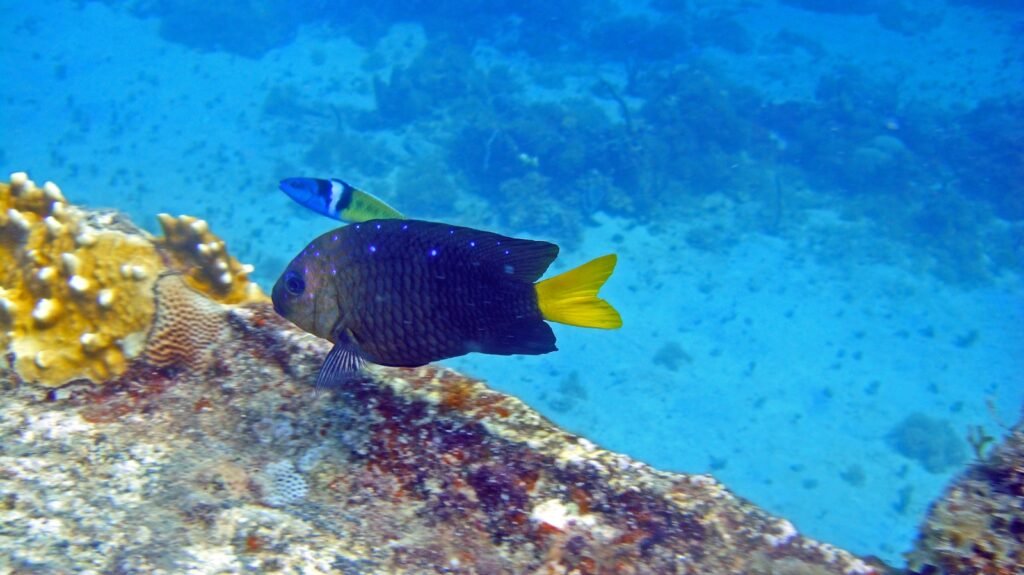
The study cataloged jaw-dropping outliers:
- 3cm gobies that cling to whip corals like living fishing lures
- Deep-bodied damselfish that “hover” just inches from their home coral
- Yellowmask surgeonfish normally algae eaters caught red-handed plucking plankton midwater
Most bizarre? The fusiliers classic streamlined schoolers share their plankton diet with:
- Boxy angelfish
- Eel-like blennies
- Flat-headed cardinalfish
“It’s like discovering vegetarians include giraffes, pythons, and hummingbirds,” notes co-author Dr. Alexandre Siqueira.
Why One Size Doesn’t Fit All
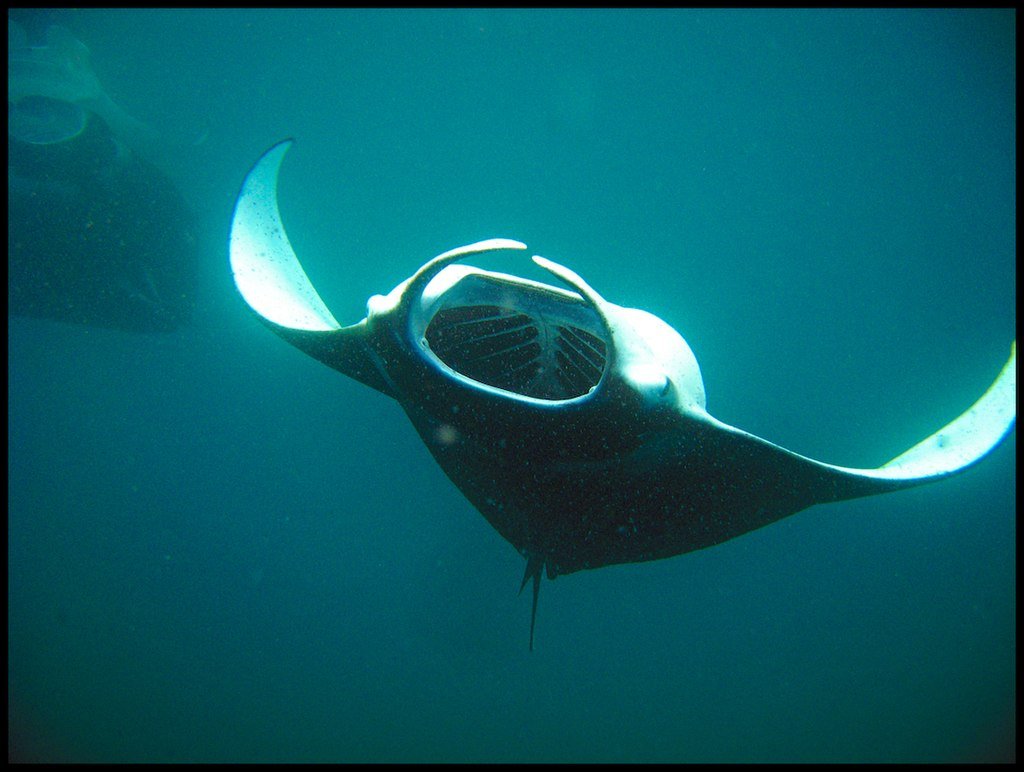
The diversity stems from niche partitioning:
- Night feeders (e.g., squirrelfish) evolve huge light-gathering eyes
- Current-swept reef edge species prioritize speed (forked tails)
- Sheltered rubble dwellers (e.g., gobies) ambush prey from perches
Critical finding: Over 75% of “non-planktivores” occasionally eat plankton proving the strategy is innate to most reef fish.
The Baby Factor: A Hidden Evolutionary Clue
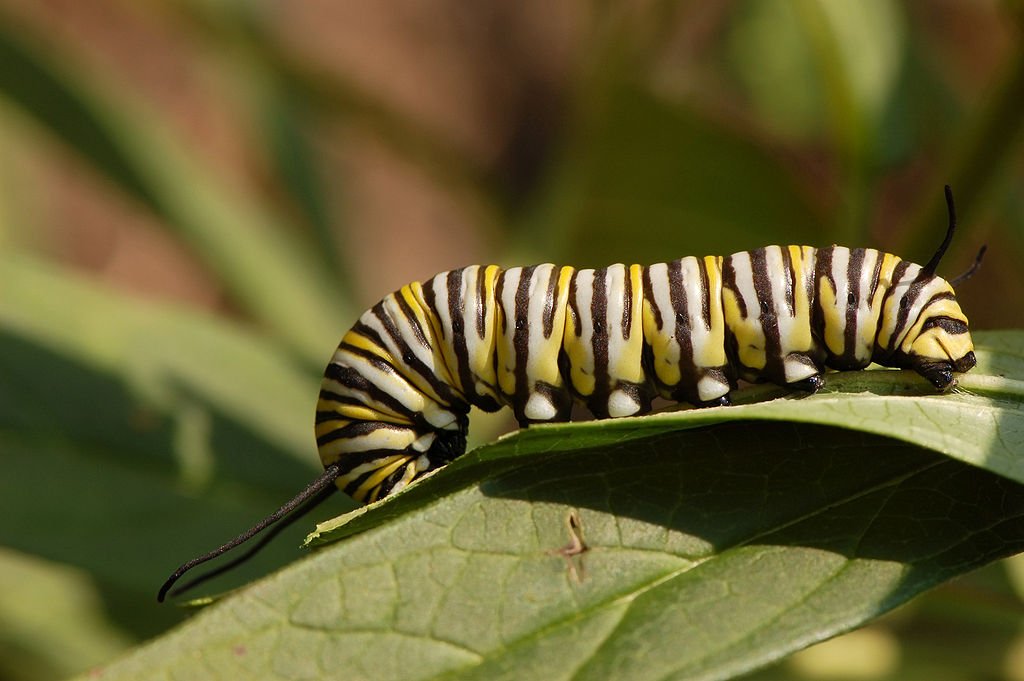
All reef fish start life as plankton eating larvae, which may explain their retained flexibility:
- Larval trait memory: Genes for plankton feeding stay “switched on”
- Opportunistic adults: Even herbivores exploit plankton blooms
- Fallback food source: When algae/scarce, plankton becomes Plan B
“It’s like humans keeping our baby teeth an evolutionary insurance policy,” suggests Hemingson.
Implications for Reef Survival
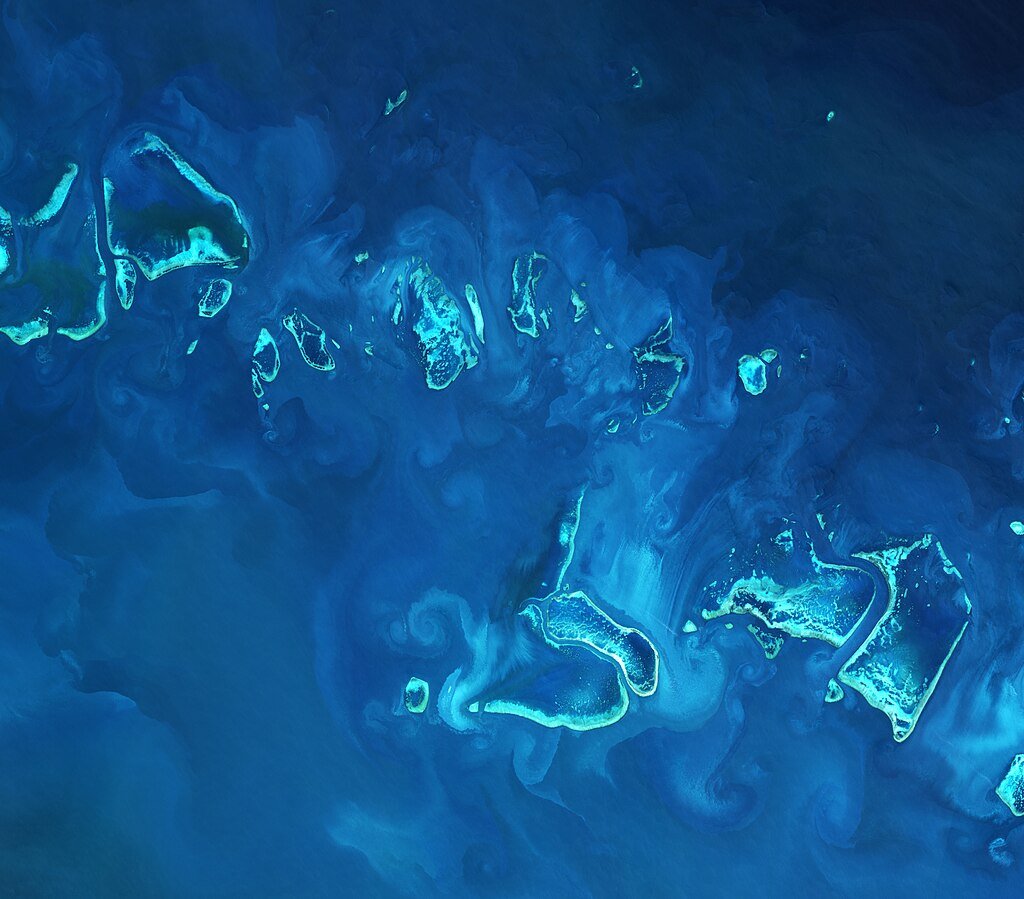
This plasticity could be a lifeline as climate change alters reefs:
- Diet switchers may outlast specialists as plankton blooms increase
- Shape diversity reduces competition critical in degraded habitats
- “Backup” feeding modes buffer against food web collapses
But warning signs exist: 60% of studied species still rely on live coral for shelter while feeding.
Rethinking Marine Conservation
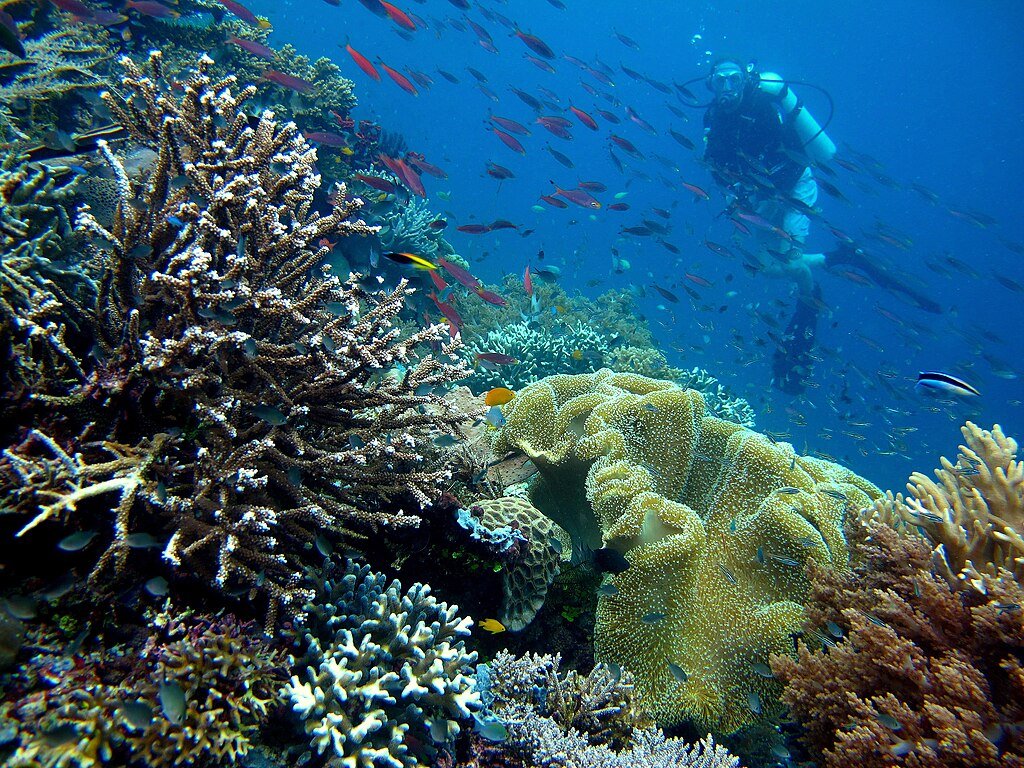
The study demands new approaches:
- Protect structural diversity (whip corals, rubble patches) to support all planktivore types
- Monitor microcurrents not just water quality as plankton highways
- Reevaluate “indicator species” no single fish shape predicts reef health
“The reef isn’t a machine with interchangeable parts. It’s a improv jazz band—each player has their own style,” concludes Siqueira.
Sources:
- Original Study: Reviews in Fish Biology and Fisheries
- Plankton Feeding Behavioral Study (Coral Reefs 2024)

Suhail Ahmed is a passionate digital professional and nature enthusiast with over 8 years of experience in content strategy, SEO, web development, and digital operations. Alongside his freelance journey, Suhail actively contributes to nature and wildlife platforms like Discover Wildlife, where he channels his curiosity for the planet into engaging, educational storytelling.
With a strong background in managing digital ecosystems — from ecommerce stores and WordPress websites to social media and automation — Suhail merges technical precision with creative insight. His content reflects a rare balance: SEO-friendly yet deeply human, data-informed yet emotionally resonant.
Driven by a love for discovery and storytelling, Suhail believes in using digital platforms to amplify causes that matter — especially those protecting Earth’s biodiversity and inspiring sustainable living. Whether he’s managing online projects or crafting wildlife content, his goal remains the same: to inform, inspire, and leave a positive digital footprint.




